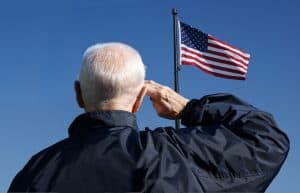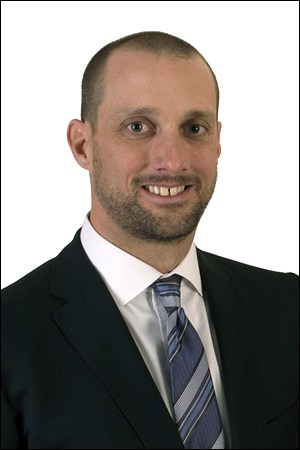Veterans and Hearing Loss
 According to US Department of Veterans Affairs, hearing loss affects more than 28 million Americans, many over 75-years-of-age. Hearing loss is a leading service-related disability. Tinnitus, which is a ringing or buzzing in the ear, is a common type of hearing loss among veterans. The VA reported that, at the end of the 2014 fiscal year, 933,000 veterans were receiving disability payments due to hearing loss. Nearly 1.3 million were receiving compensation for tinnitus.
According to US Department of Veterans Affairs, hearing loss affects more than 28 million Americans, many over 75-years-of-age. Hearing loss is a leading service-related disability. Tinnitus, which is a ringing or buzzing in the ear, is a common type of hearing loss among veterans. The VA reported that, at the end of the 2014 fiscal year, 933,000 veterans were receiving disability payments due to hearing loss. Nearly 1.3 million were receiving compensation for tinnitus.
Many veterans who don’t have hearing loss, as recorded on tests, do have a condition called “auditory processing disorder.” This disorder which affects the patient’s ability to understand speech is often a result of exposure to blasts.
Some hearing loss can be corrected through surgeries or medication. This type of hearing loss, called “conductive hearing loss,” is due to eardrum damage and damage to the middle ear structures.
In many other cases, the hearing loss is permanent – though the hearing aids can help reduce the amount of hearing loss. This type of hearing loss is called “sensorineural hearing loss.” It is due to inner ear damage and damage to the auditory nerve.
Veterans Administration’s treatment efforts
In response to the number of veterans with hearing difficulties, the VA created the National Center for Rehabilitative Auditory Research (NCRAR) in 1997, to help develop treatments for hearing loss. Their focus includes communication, economic, and social problems caused by hearing loss and tinnitus.
The NCRAR “linked exposure to jet propulsion fuel-8 (JP-8) with auditory processing dysfunctions (APD) —changes that occur inside the brain rather than the ear.” “The research team believes that hydrocarbon chemicals in JP-8 may be the reason APD occurs, and advocates for increased monitoring of the combined exposure of fuel and noise around aircraft.”
Some of the focal points for treatment include:
- Hearing aids. The VA has a policy that makes most veterans eligible for hearing loss tests and hearing aids. The agency works to find “how hearing aids affect speech understanding in noisy and quiet environments, and how to measure and predict the benefits of hearing aids.”
Unfortunately, one set of hearing aids, called 3M Dual-Ended Combat Arms™ earplugs “were knowingly manufactured with a design defect for years. The company failed to disclose that defect, and a result, thousands of combat veterans may have sustained permanent hearing loss and injuries.”
- Tinnitus is the most common Veteran disability. Most veterans (about 80%) say it doesn’t affect their day-to-day lives, but the other 20% may have problems concentrating or sleeping. “Because tinnitus has many causes, the VA believes the approach to treating it should be interdisciplinary. And because there is no cure for tinnitus, the VA’s goal is not to silence the sounds it causes, but to help patients manage their reactions.”
- Blast exposures. The VA is working to discover the effects that blast exposures have including hearing loss. “A blast can compromise not only the ear itself, but also the connection between the ear and the brain.” Hearing loss, vision and vision problems are common sensory problems for veterans who have suffered a traumatic brain injury. One remedy that appears to be of some help is “frequency modulation.” Other remedies are being studied for all types of hearing loss due to blast exposures and military combat.
At Cunningham & Mears, our lawyers fight for veterans who have suffered hearing loss due to faulty products such as those manufactured by 3M. We understand how life-altering it can be not to hear a spouse, a parent, a child, a friend, or a colleague. To learn if you have a hearing loss claim, please call us for an appointment. You can reach us at 405.212.9234 or complete our contact form.

Ryan Y. Cunningham is a founding partner of Cunningham & Mears. Mr. Cunningham devotes his practice to protecting the rights of injured Oklahoma residents. In addition to assisting injured clients, Mr. Cunningham endeavors to improve personal injury representation by speaking on issues related to personal injury law to attorneys in continuing legal education courses and to law students. Learn More
